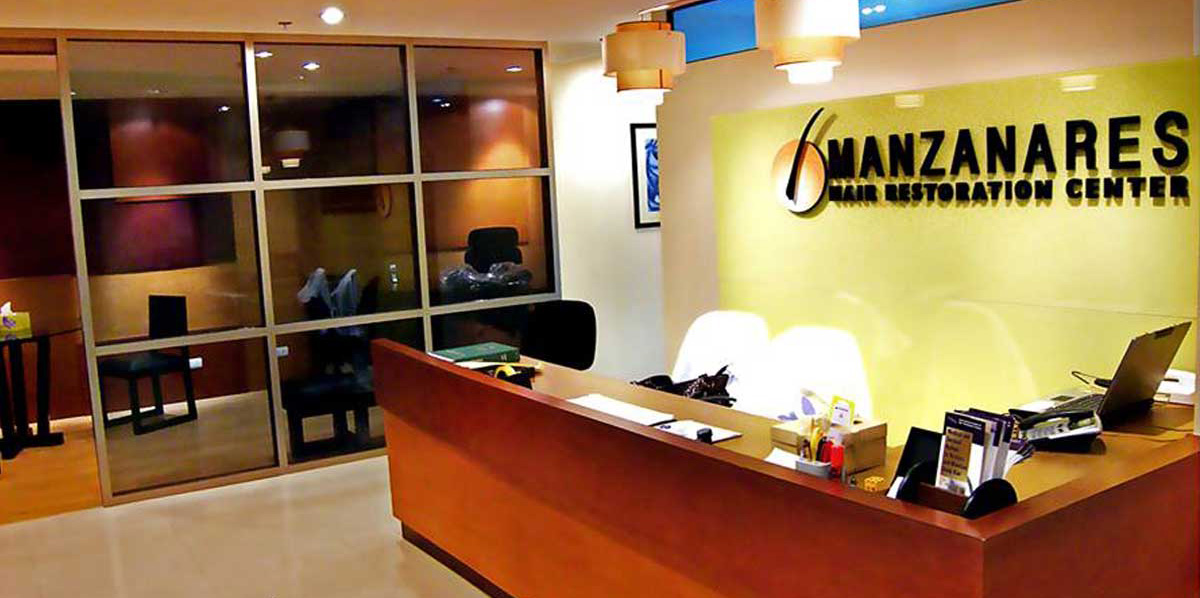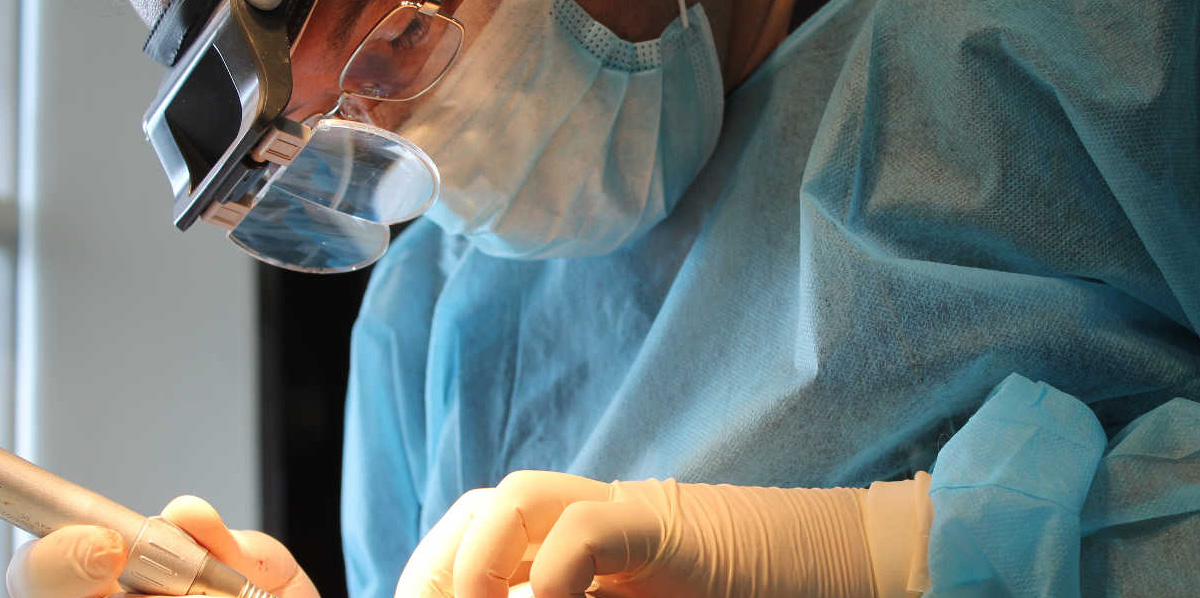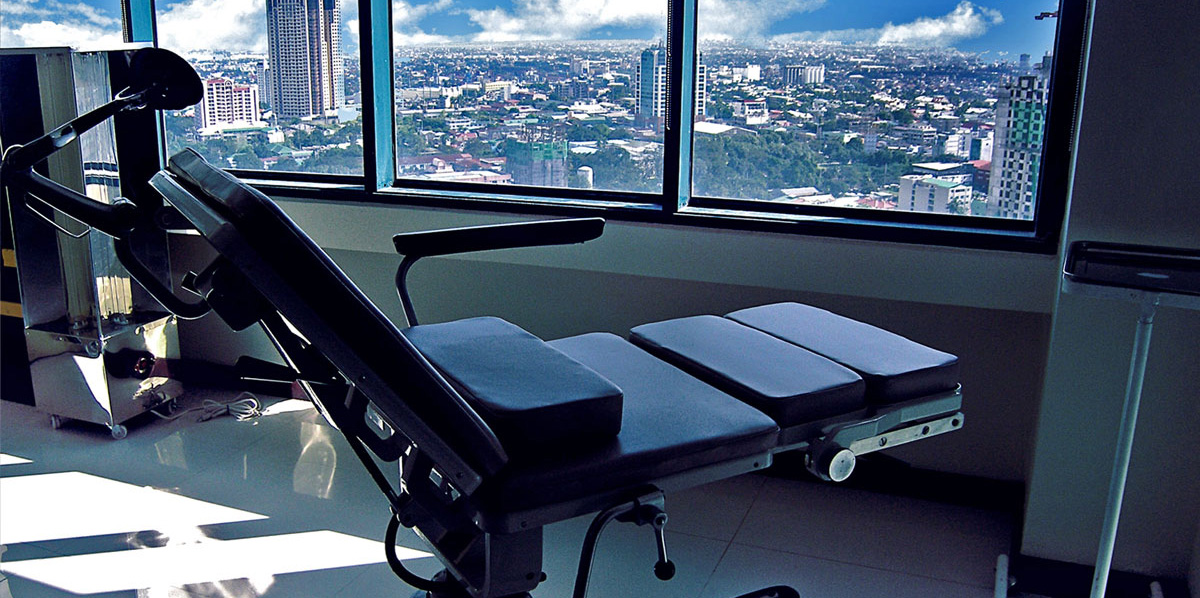Frequently Asked Questions (FAQs)
-
What is hair transplant exactly? +
Hair transplantation is an innovative procedure that combines an artistic eye and surgical skill to redistribute hair follicles from the back and sides of the head (considered “donor dominant” areas, as they are genetically resistant to hair loss) and artfully relocate them into thinning or balding areas of the frontal scalp (hairline, forelock, temples), mid scalp, crown, sideburns, eyelash, eyebrow, mustache, beard and goatee. Using current microsurgical technologies combined with the right techniques, these results in an un-detectable, very natural appearance. The hair that is now growing will be permanent for the rest of the patient's life. Those newly transplanted hairs need no more care than ordinary washing, styling and trimming as you have always been doing to your hair. The end result is your own natural hair growing the way nature created hair to look, feel and grow.
Read More -
How effective is hair transplantation? +
Dr Manzanares makes a bold statement. “Surgical hair transplantation is the only real solution to pattern baldness”. To be able to physically transfer hair from an area abundant with hair, to an area that is thinning and or bald and make it grow permanently, offers a new lease in life to anyone who is suffering from genetic predisposition to male or female pattern baldness. Hair transplants are also effective when concealing scars in the scalp especially those from facial plastic surgical procedures (face lifts, brow lifts, etc.). Even eyebrows, eyelashes, sideburns, mustache and beard can be reconstructed with excellent aesthetic appearance.
Read More -
Are there any risks with hair transplant surgery? +
As with any surgical procedure, there is always some risk involved. But in the hands of the right doctor, following the most current surgical protocols, this risk can be minimized or better yet eliminated. There is practically a very small risk involved in hair transplant surgery. Occurrences of infection after the procedure are less than 1%. In the few cases where infection does occur, it is often due to the patient’s failure to fully comply with the post-operative instructions. When infection occurs, it is easily treatable with antibiotics which can be prescribed by the physician.
Read More -
Is hair transplant procedure painful? +
The actual hair transplant procedure is painless. To achieve that painless state, the patient is given a sedative pre-operatively to help dull the senses and then the scalp is injected with a cocktail of long acting and short acting anesthetics. There will be some degree of pain, but it is quickly numbed by the anesthetic. Most patients watch a movie, take a nap or are using their computers while we work. Any discomfort they feel afterwards is usually very temporary and nearly always minimal and easily relieved with pain tablets taken for 1 - 2 days after the procedure.
Read More -
Is hair transplant surgery expensive? +
Comparatively, No! While there are costs involved, the benefits of growing your own hair make hair transplantation much more cost-effective than other methods being advertised, because afterwards, no further expense is incurred. There are no expensive chemicals, medicines or special shampoos to be bought or used continually. There are no expensive hair pieces to be maintained, repaired, tinted, conditioned and replaced regularly. So, in the light of all possible alternatives, the hair transplant solution is not only the best, but is also the most economical overall.
Read More
- 1
Subscribe to MHRC Newsletter
Get our free email newsletter for you to never miss any of our updates. Subscribe to our newsletter today!
© Copyright 2025 Manzanares Hair Restoration Center











